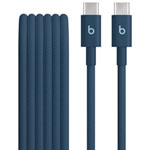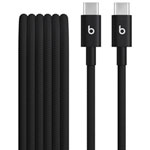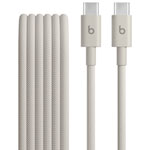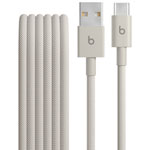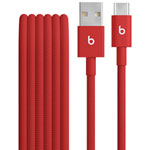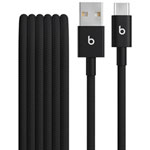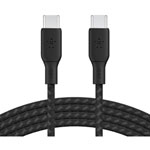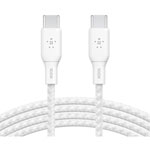Charge your mobile devices and sync their data using a USB sync/charge kit.
What are USB transfer cables?
Most smartphones, tablets, e-readers and other mobile devices come with a USB cable. This cable serves two purposes.
First, it connects the device to a PC or charger with a USB port to charge its battery. The cable’s second purpose is to allow the device to synchronize or back up data to a computer by connecting to a USB port. A physical connection is faster than doing wireless transfers and many people find it more straightforward.
That USB cable is known as a sync/charge cable, or a USB transfer cable. The cable is easy to lose, it can become worn, and some people like to have multiples for connecting to more than one PC or charger. The included cable (typically 1 metre long) may also be too short for convenient use. Fortunately, there are plenty of options when it comes to USB transfer cables.
What different types of USB transfer cables are available?
There are many different types of USB transfer cables. The most critical factor to look for is the connector type on each end of the cable. One plugs into your PC or charger, and the other plugs into the mobile device, so the connectors need to match the ports.
One of the most common versions is USB A to C (most computers and USB wall chargers are equipped with a USB Type-A port, while many newer smartphones and tablets are equipped with a USB-C port). If you own a recent iPhone, you would likely want either a USB-A to Lighting cable, or a USB-C to Lightning cable.
Besides the connector types, there are also different length options to choose from. Some USB transfer cables can be 3 metres in length so the two devices being connected don’t need to be right beside each other. If your current USB cable is fraying, one with a braided cord cover is designed to be more durable.
There are also special-use USB transfer cables, such as versions with a right-angle connector so the device can be held while charging, retractable cables for easier carrying, and versions with convertible tips for different devices.
How do you use a USB transfer cable?
The good news is that once you choose the correct USB transfer cable for your device, it couldn’t be easier to use. Just plug in the connector on either end to the corresponding ports on your devices. Connectivity and charging are automatic and hardware-based, so as soon as connected, the mobile device will start charging. Data transfer and synchronization is managed by the apps on your PC (for example iTunes when connecting an iPhone), but once your USB transfer cable connects the two devices everything is ready to go.
